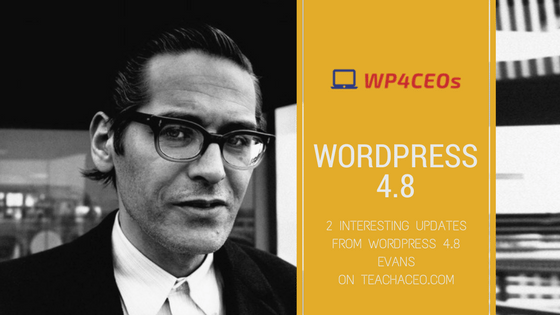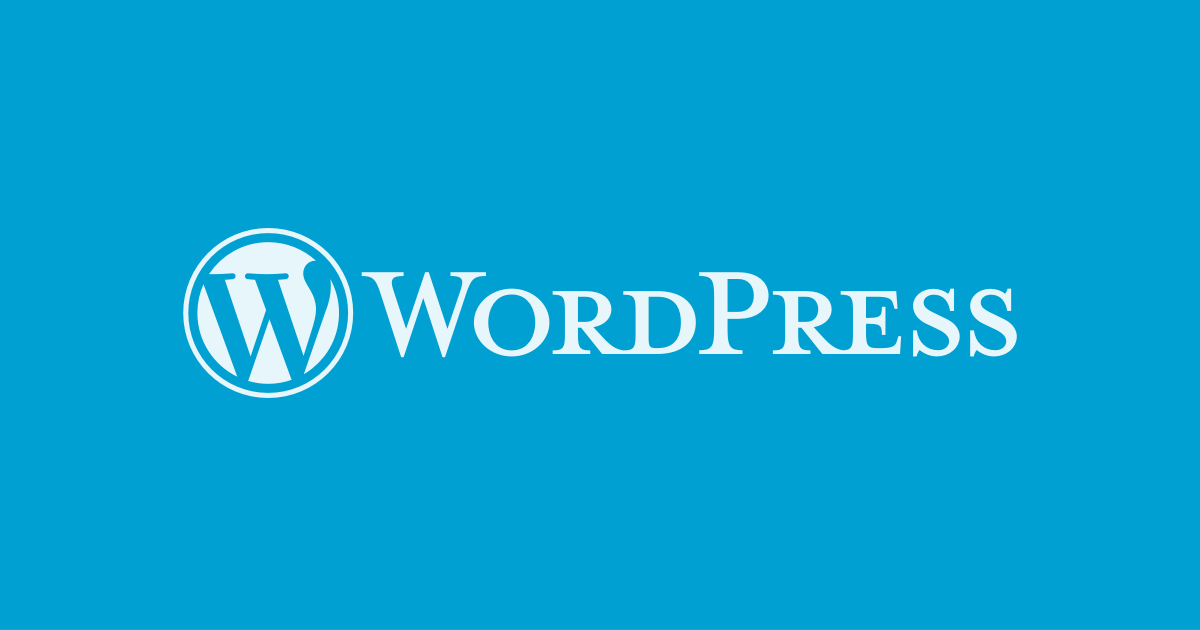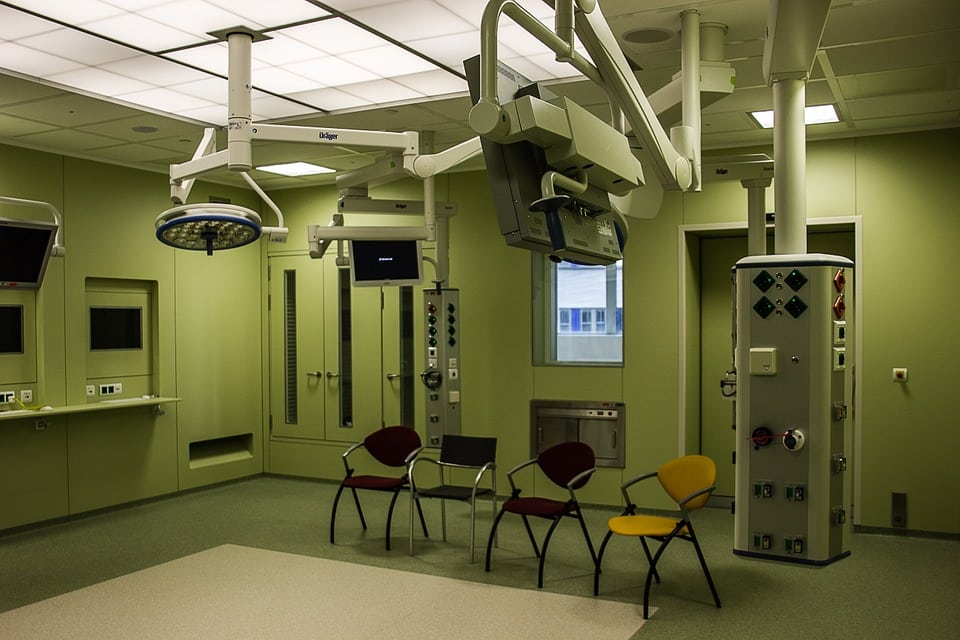The advent of the PC required businesses to learn how to integrate technology into its everyday operations. While the ensuing decades have seen significant and sometimes dramatic advances in the capabilities of new business technology, there are still many industries that can still benefit from new ways of integrating digital record-keeping, high-speed calculations and networking into their products and services. Among those industries is health care.
The Data
Every programmer has been asked on multiple occasions to build a data-driven application on one or more platforms that collects and stores names, addresses and phone numbers. This has been true since the mid 1960s, when those records were stored on magnetic tapes. As you read this, there are likely a thousand more such applications being built.
This duplication of effort is the first thing the healthcare industry can solve by establishing and adopting a data records standard. Once every hospital and doctor's office can expect patient, vendor, medical professional and businessperson's information to be written and retrieved in a standard format, the process of building more cost-efficient and less error-prone applications can begin. The resulting cost savings and improvements in care will pay for the new technology in a matter of hours.
The Search
Among the most crucial applications for a standard health care data format is the vital and long overdue next step in search technology. While this will have important ramifications for patient information, it will be even more useful when applied to medical devices, prescription medications and treatment options. We have already seen the effects of supercomputer applications in solving challenging medical problems. The next and most obvious step is to make similar technology available to small town physicians and big city nurses alike.
Chief among the elements of such advanced search technology will be an open-ended metadata standard. Metadata includes things like tags, related search terms, search histories and standardized keywords. When applied to a standard data format and presented to search technology keyed to process it, such metadata records will dramatically improve the speed of searches and make it possible to do nested analysis of information to an arbitrary level of granularity. The results will speak for themselves, as medical professionals will be able to discover relationships in datasets that might have never been found otherwise.
The Stream
Once the healthcare industry has established a common data records format and then used that format to improve its ability to perform context-sensitive searches to its information, the next and most obvious step is to apply both technologies chronologically so a complete historical record can be created for each patient.
When a patient visits a doctor for routine check-ups PACS radiology is an example of an application that could be used as a universal data format to track each interaction from patient explanations to discussed treatments to new prescriptions or evaluations of symptoms. Over time, this record would become more valuable, as it would capture everything there is to know, even if the patient changes doctors or visits other hospitals. When new search technologies are applied to it and the records of other similar patients, the discovered data relationships could produce all manner of exciting results and options for medical professionals.
The healthcare industry has traditionally been one of the most ardent and visionary economic sectors when it comes to using technology to advance the quality of its services and products. Leaving aside the obvious benefits of new data practices for medical devices, the benefits for patients and doctors is both obvious and well worth pursuing, even if the payoffs take a significant amount of time to realize.
Once established, these new technologies will improve naturally with every technology advance, and will be capable of self-sustaining growth as well.
—
This guest post is courtesy of Jennifer Livingston.





































![Franchising: The Corporate Ladder is Broken. Create Your Own [INFOGRAPHIC]](https://teach.ceoblognation.com/wp-content/uploads/sites/8/2016/12/42785012_m.jpg)





 |
|